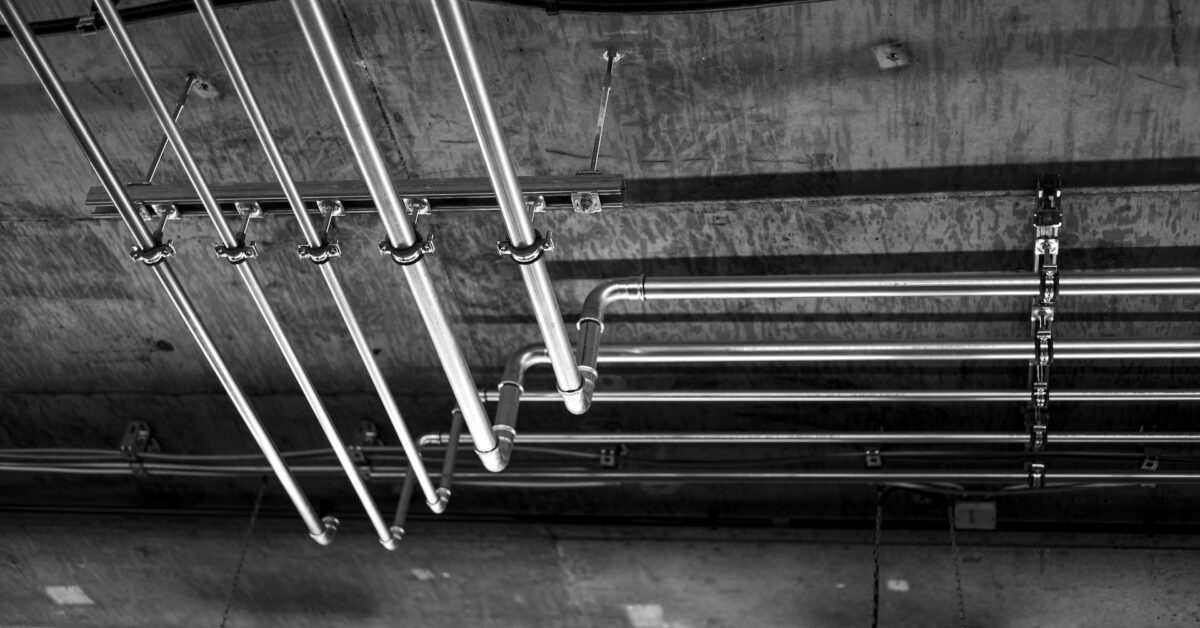Plumbers are trained to find and fix a water leak or a broken pipe. They are also trained to dry out the area where the problem is.
Often, this means removing part of the structure to access the problem area without causing more damage to the rest of the building. However, it can be costly and frustrating for the homeowner and the restoration company, so choosing the right professionals to tackle this job is essential.
Pipelining
Pipelining is a technique that can be used to repair sewer and drain lines without excavation. It’s a cost-efficient alternative to replacing the entire piping system, and it can increase the lifespan of your piping system by up to 100 years.
It also doesn’t destroy drywall, plaster, or the finishing details of your walls, like crown molding. So it makes it an excellent choice for commercial properties as well.
Cured-in-place pipe lining (CIPP) is a common trenchless restoration plumbing technique. It uses a special epoxy resin that forms a seamless lining within the existing pipe.
It is then cured to harden inside the pipe. It creates a tight-fitting, jointless, and corrosion-resistant replacement pipe.
It’s an ideal solution for pipes that are severely damaged or deteriorating. It’s also an effective way to prevent root intrusion and extend the life of your piping system.
Corrosion inhibitors
Corrosion inhibitors are an essential restoration plumbing technique for extending the life of process piping systems. They help prevent water from coming into contact with metal pipe walls, significantly reducing corrosion.
They also prevent leaks in metal pipes and keep your water systems running smoothly. They are effective for various copper, aluminum, and plastic pipes.
Typically, they consist of a specific blend of rust preventatives in a solvent for easy application. Once applied, the solvent evaporates, forming a protective layer that protects the metal from corrosion.
In addition, they are a cost-effective and efficient way to extend the life of your piping system. They can be used in a regular inspection program and purchased at most hardware stores or online.
Many water utilities use phosphate-based corrosion inhibitors to inhibit the corrosion of lead and copper in potable water supply pipelines. However, these products have been found to affect calcium carbonate scaling kinetics in laboratory and field experiments.
Video scope
As pipes get older, they can develop cracks and other problems. The video scope allows a plumber to detect these problems before they cause expensive repairs.
A plumbing technician uses a special rod with a camera attached. The waterproof camera can reach deep inside the pipe to see if it is clogged or damaged.
The rod can bend and maneuver around sharp turns so that the camera can easily see the entire inside of a pipe. It helps the technician locate the problem and determine where to dig for the best possible solution.
Traditionally, sewer lines are hard to access, so plumbers often had to dig up yards, roadways, sidewalks, and other structures to expose them. Video pipe inspections eliminate this waste of time and money. They also save the homeowner from having to rip up walls and floors as part of the repair process.
Sleeves
Pipe sleeves are designed to insulate and protect pipes from the outside environment. They are also helpful for repairing damage to plumbing.
There are many different types of pipe sleeves. They are typically made of metal and can be a variety of sizes and thicknesses.
A common type of sleeve is the half-repair sleeve, used to repair problems like internal and external corrosion, gouges, dents, grooves, arc burns, cracks, and defective girth welds.
Another popular sleeve is the full encirclement pipe sleeve, which is used in weaker sections of pipes to reinforce them. It is often used during hot-tapping procedures involving taking a branch connection from active lines.
Sleeves can be an excellent restoration plumbing technique for restoring old drainage and sewer pipes. They are less expensive and faster than entirely replacing the old pipes, which can be messy and dangerous.

